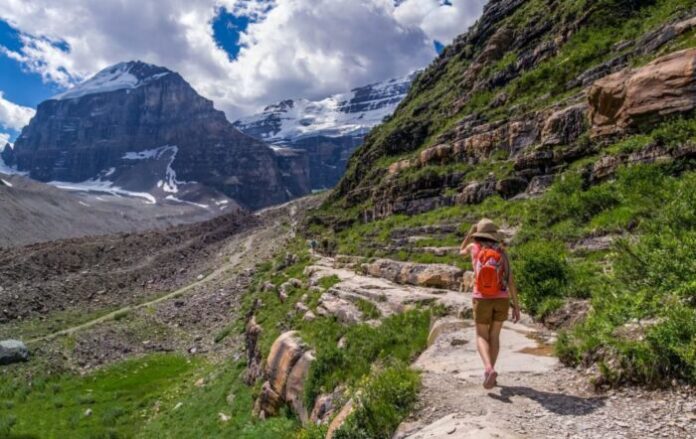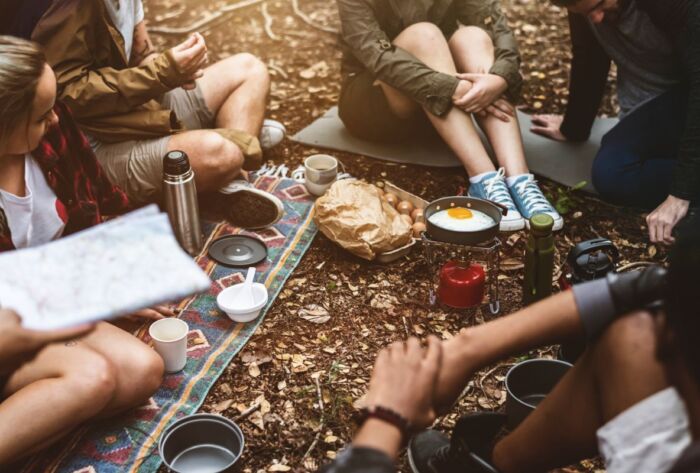
More and more tourists are choosing green holidays: an excellent result, which can offer interesting ideas on future prospects. The emergency from Covid-19 has certainly played a decisive role in the choice of the destination for the holidays.
In fact, the lockdown certainly forced you to plan your holidays in greater safety, leading to prefer less crowded places and more in contact with nature; the number of tourists who turned their attention to small villages, rural and experiential tourism, trekking and excursions has increased considerably.
On the other hand, it seems, and we hope that the impression will be confirmed by a more concrete reality, that a greater awareness of the environment and the territory is emerging. Already in 2019, according to a survey by the Italian Touring Club, 67% of tourists preferred trekking and excursions; the percentage is on the rise with a growing boom in tourist demand regarding the paths and ecotourism in general.
What should we expect for the future? This data must lead local and regional authorities to rethink the management of the territory and the tourism sector in other terms. And in some regions we are already moving in this direction, promoting and enhancing the landscape territory and highlighting the products of the food and wine chain.
Many are also taking steps to create platforms for a more uniform and accessible management of the territorial tourist offer: these platforms are a very useful tool, as they give tourists the opportunity to organize their trips with a less dispersed and disordered search for data. .
Numerous initiatives are being created both at regional and local level to create new itineraries or to enhance and promote existing paths. The paths, in fact, are one of the most requested travel experiences and move a large number of tourists in the villages and in the mountain and rural territory; the food and wine and landscape offer, in addition to an important historical-cultural enhancement campaign, should be the aspects to be taken care of for a conscious management of this type of tourism.

The other great lesson that comes from an analysis of the situation is that the imperative to network cannot be ignored. A conscious and organized tourist offer requires collaboration between the various local authorities and associations; it was understood that the protagonisms do not lead to a careful management of resources. Everyone’s participation is required, each with their own skills and commitment, for a conscious and organized territorial tourism.
Food and wine cannot be without attention to agricultural and rural policies such as walking tourism cannot do without the important contribution of cultural associations. The landscape, understood as a natural and historical-cultural heritage, needs to be observed and enjoyed from a global and totalizing point of view.
In this sense, experiences like the one promoted in Val Serina move, where the Municipalities have created a network to enhance over 200 km of paths with the creation of cycle and pedestrian paths, or as the agreement between Emilia-Romagna and Tuscany with 36 Municipalities for create an interregional product tourism system dedicated to cultural and natural itineraries inspired by the figure, works and travels of Dante Alighieri.
In conclusion, we must learn to start from the environment and the territory, from our history and our culture; committed to following phantom dreams of modernity and progress, we forgot that our greatest resource continued to be around us and under our feet. Indeed, at some point we also thought that exploiting and dominating the territory could make us progress and allow us to increase our wealth. Nothing could be more false.



































